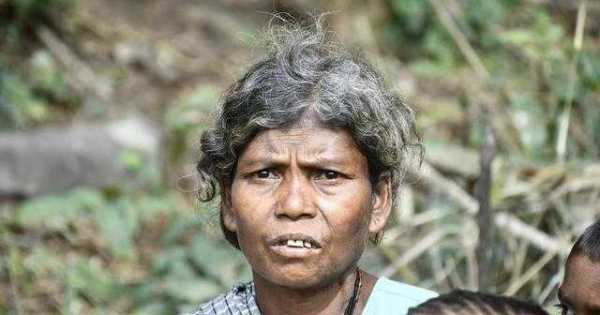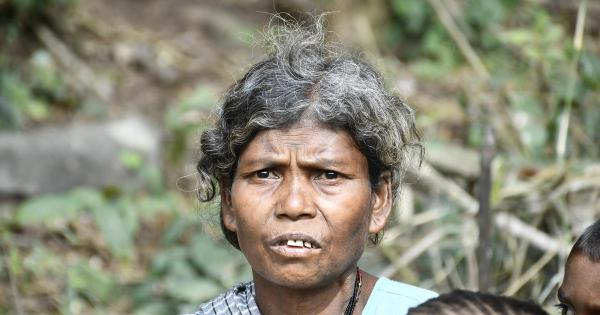

A bloated body lay in the bushes, brimming with flies.
On December 19, a week after the Chhattisgarh police claimed to have killed seven uniformed Maoists in the forests of Narayanpur district, I had trekked to Kummam village where four of the dead belonged to. Their bodies had been buried by the time I reached.
Their families told me they were ordinary villagers, not Maoists, and that they had been killed by the security forces in the bushes close to their farmland.
The villagers took me to the spot where the killings had happened – it was a two-and half-hour trek from the Kalhaja-Donderbeda forests, the official site where the police claimed to have exchanged gunfire with the insurgents on December 12.
While we were exploring the area, an unexpected stench hit us. As we stepped closer, covering our noses, we spotted the decaying body of a young man. He was wearing a two-toned blue t-shirt and shorts. His head was turned to one side, his hands splayed out, one leg folded. There was a large hole in his head, and maggots covered his eyes.
The villagers recognised him as Nevru Oyam, the son of Gudsa Oyam, the patel of Kummam village. Gudsa was among the four from the village...